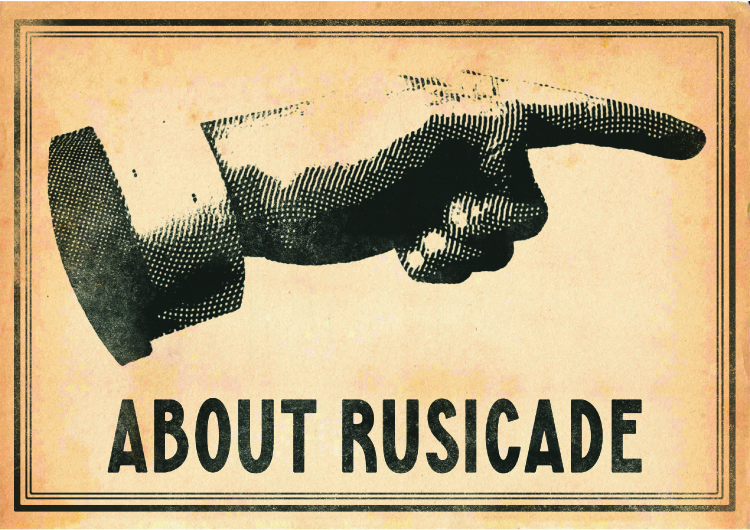
The objective of this project is to pay homage to the people that contributed to the independence of Algeria. The movement for independence began during World War I (1914–18) and gained momentum after French promises of greater self-rule in Algeria went unfulfilled after World War II (1939–45).
This project’s secondary objectives are to raise awareness about the history of Algeria, and also to show the beauty and aesthetics of that era.
Rusicade is the ancient name of my city now known as Skikda, the name in Phoenician and Roman civilizations. I chose this specific name to reflect the importance of that city.
Motives and ideas
I recently became interested in type design. This project showcases my feelings and perceptions of history through type and through graphic design. It is a complicated self-portrait.
I wanted to design a typeface inspired by the era that is significant to Algerian independence. I wanted to express myself through the letterforms and through the designs and visuals that serve as a manifestation of my personal perception of the history of my country. In addition, the typeface reflects a compilation of all the skills that I have learned at the Design School at Taylor’s (TDS).
Algeria was colonized by France from 1830 until 1962, I was initially inspired by the history and events that happened between 1900 and 1962 when major plans and decisions were made that eventually led to the freedom of the country in 1962.
The era mentioned above holds lots of dark history. However, a lot of Algerian people still miss that period of time and feel nostalgic whenever watching old movies or seeing old postcards. Despite the crimes and cruelty that France committed against Algeria, people found happiness through those tough times.
The project is 50% typeface and 50% graphic design in order to allow me to apply my skills to this project.The typeface and visuals (posters, newspapers, postcards, postage stamps, type specimen sheets, and a short documentary video) were designed to showcase this era.
The theme
While doing this project, I felt as if I was a designer from present day Taylor’s who woke up in the 50s where I was obliged to keep doing what I loved until I found a way back. I had old 40s music in the background while I was crafting Rusicade;. I watched old movies and documentaries in my free time. I learned about old printing techniques and tools, and I dedicated everything to Rusicade. For me, a design project is a roleplay, I had to live in that era through my senses. I even used a fountain pen to write my notes during the process of making this project in order to keep my work as human as possible, adding imperfections and eliminating the digital sharpness and perfection of today’s processes..
I established a vintage theme for all visuals because the Rusicade typeface is better is a display type using old printing techniques (letterpress, wood type). It is not optimized for web or screen, so I applied the necessary effects to achieve the paper press look and feel.
Letterpress prints can sometimes have some imperfections like ink bleed, mis-registration, or areas that are not fully covered with ink. Also, I kept in mind the paper’s texture and color.
The Typeface
Algerians were forced to learn French at school in 1840 so you can imagine that Algeria bythe 1900s was heavily French-influenced — by architecture, signage, the spoken language, as well as culture. However, Algerian families were able to preserve their native language and cultural practices. Algerian families made sure that their children recite the Quran and have Arabic language lessons at mosques.
The process
Keeping the hard feelings aside, I had to go back to online archives to do research from a type designer’s perspective. I noticed the heavy usage of sans-serif typefaces as it was a trend then. that established the direction of my typeface.
After going through the sketch phase, I started drawing the letters in a type design software whereby the typeface went through the typical steps (drawing, letter side barrings, kerning, weights, and styles).
I created an all-caps Latin alphabet and numbers that maintained the influence and features of that era. The face has three main variations/styles—bold, oblique, and regular.
Type Specimen
I made type specimen sheets to showcase the typeface. The specimen sheets were made to look like random pages from a larger type specimen book.
At the time, specimen books were used to promote typefaces and to show the right usage, they also contained the typeface features, special characters, weights, and styles.
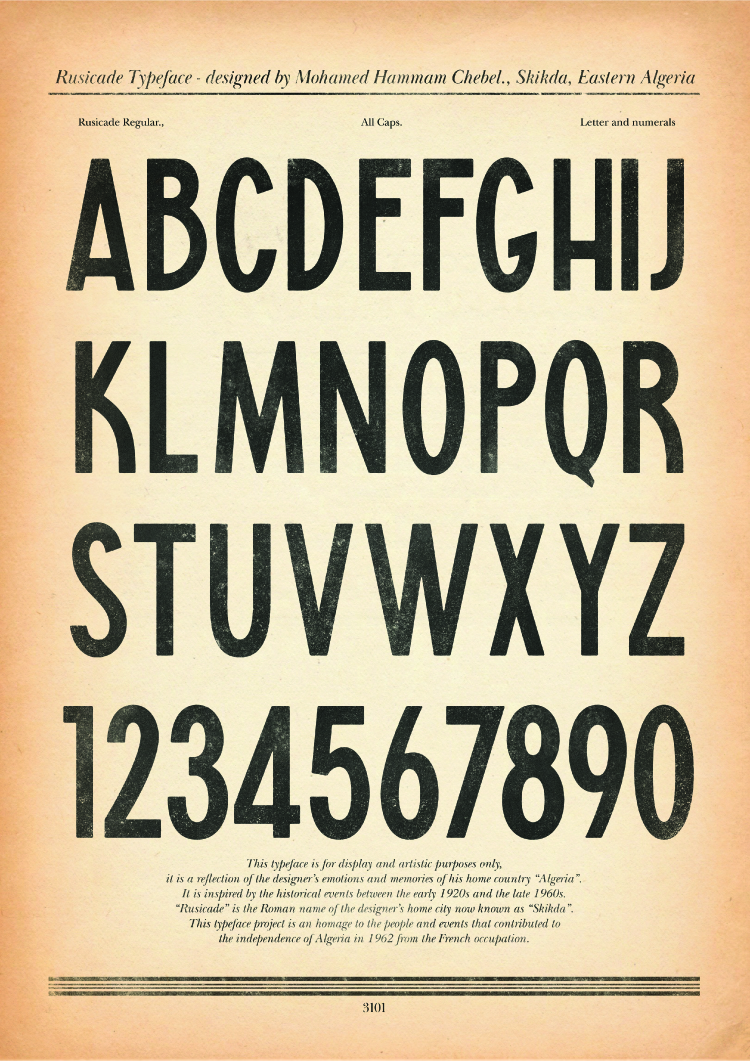
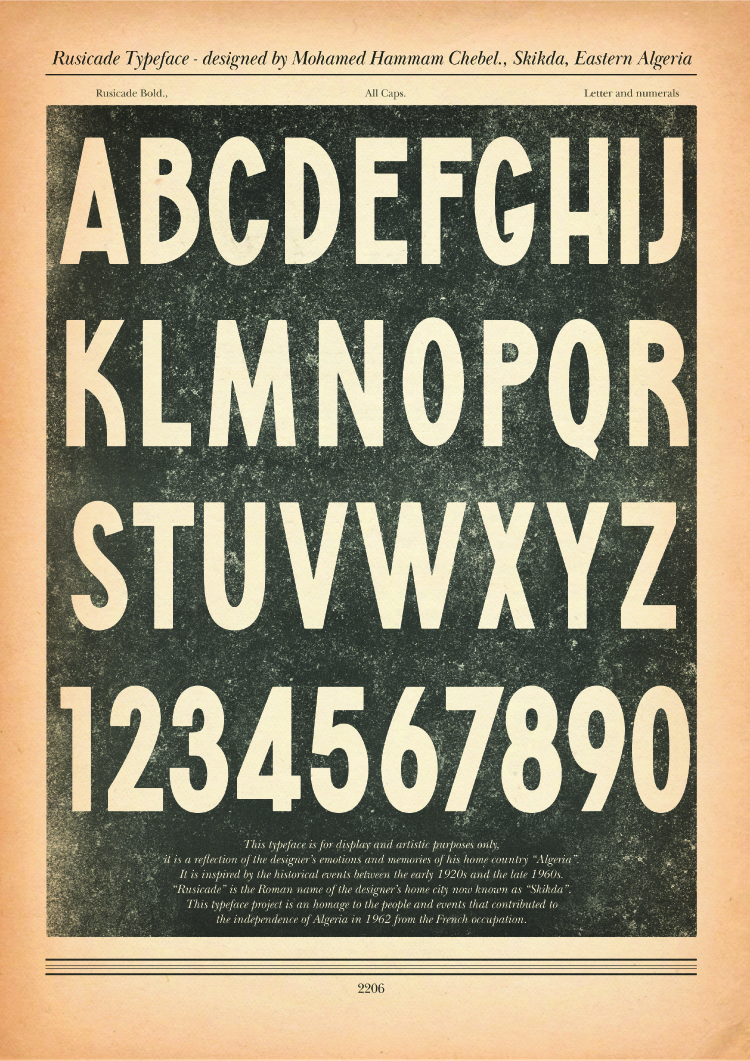
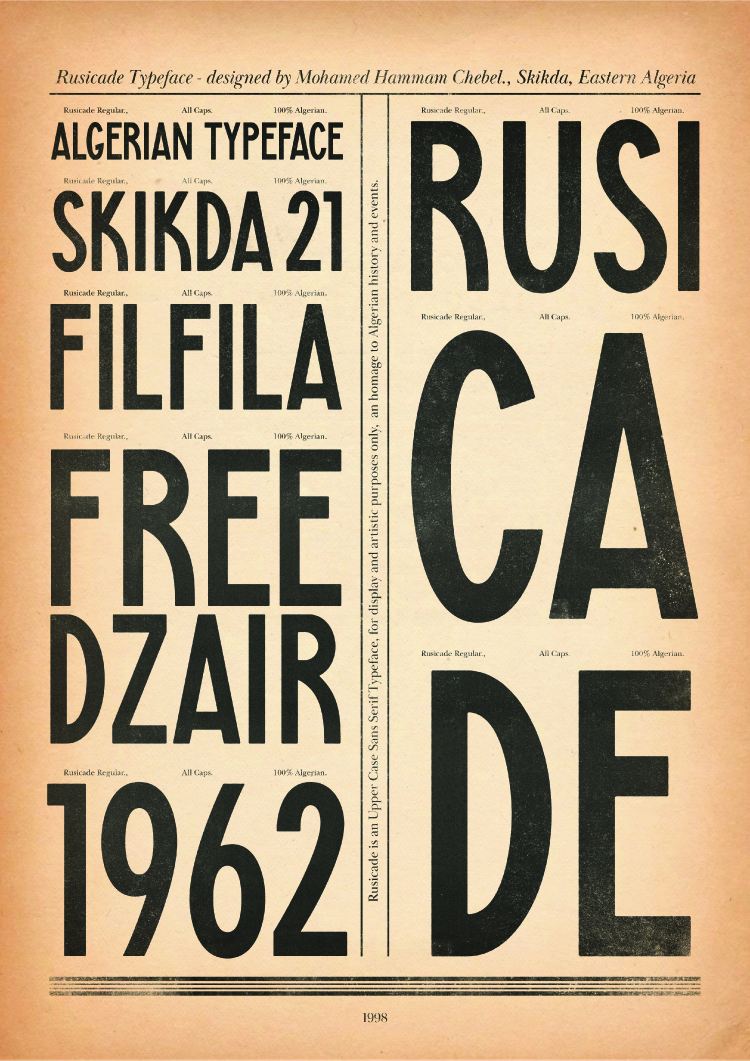
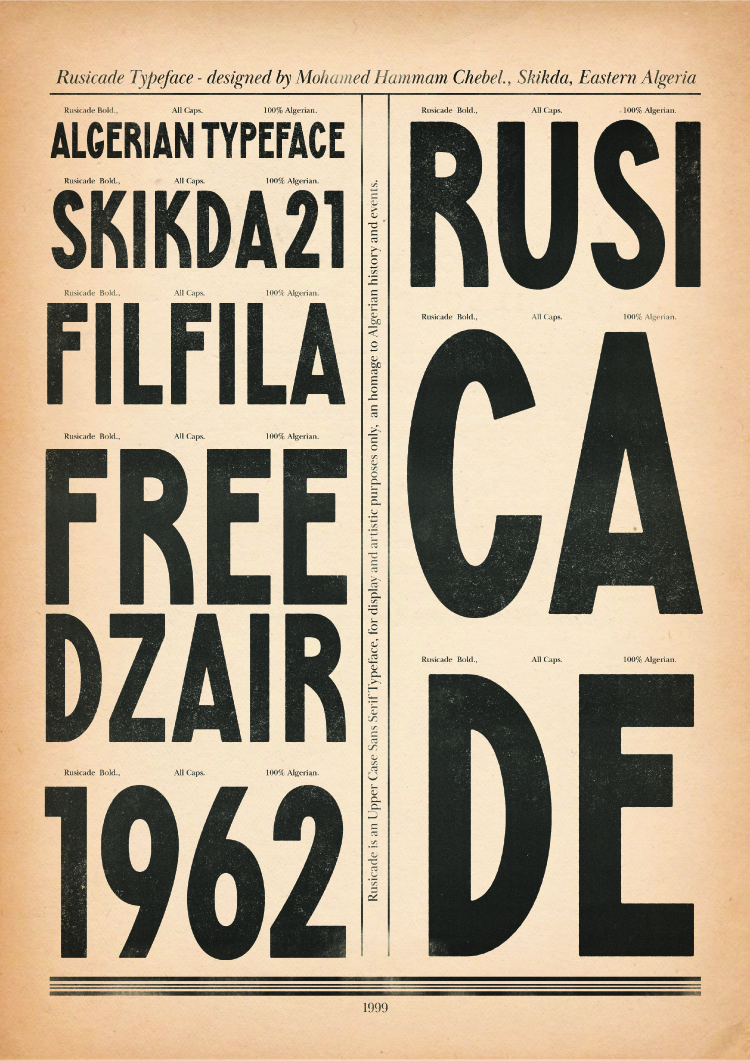
Rusicade: the Roman name of an Algerian city now known as Skikda.
Filfila: the Algerian town I live in. Filfila is situated in Skikda (Rusicade).
Skikda: the main city that I live in. while 21 represents the number of the city since Algeria has 58 major cities.
Free Dzair: an Algerian abbreviation for El Djazair.
1962: the year of independence.
The Rusicade typeface was used throughout all of the following artworks.
Newspaper – I created a newspaper front page and used the name of my typeface as the name of the newspaper. along with the crescent and star symbol from the Algerian flag. The name Rusicade acts as a mast head. To make the newspapers look old, I have created stains, misprints, and ink bleed effects. The headline features the famous Algerian martyr Si L’arbi or Larbi ben M’hidi who was responsible for launching the battle of Algiers that reflected his mental strength, intelligence, courage, and sacrifice for the country, making him a symbol of bravery. At the bottom of the cover, I put his famous quote in Rusicade Oblique only used the to showcase the variation I made (regular, bold, and oblique).
This article details the war of independence that happened in Algeria from 1954 until 1962. It is done with the same theme and effects, using my typeface along with Baskerville typeface as body text, which I think went well with the vintage look.
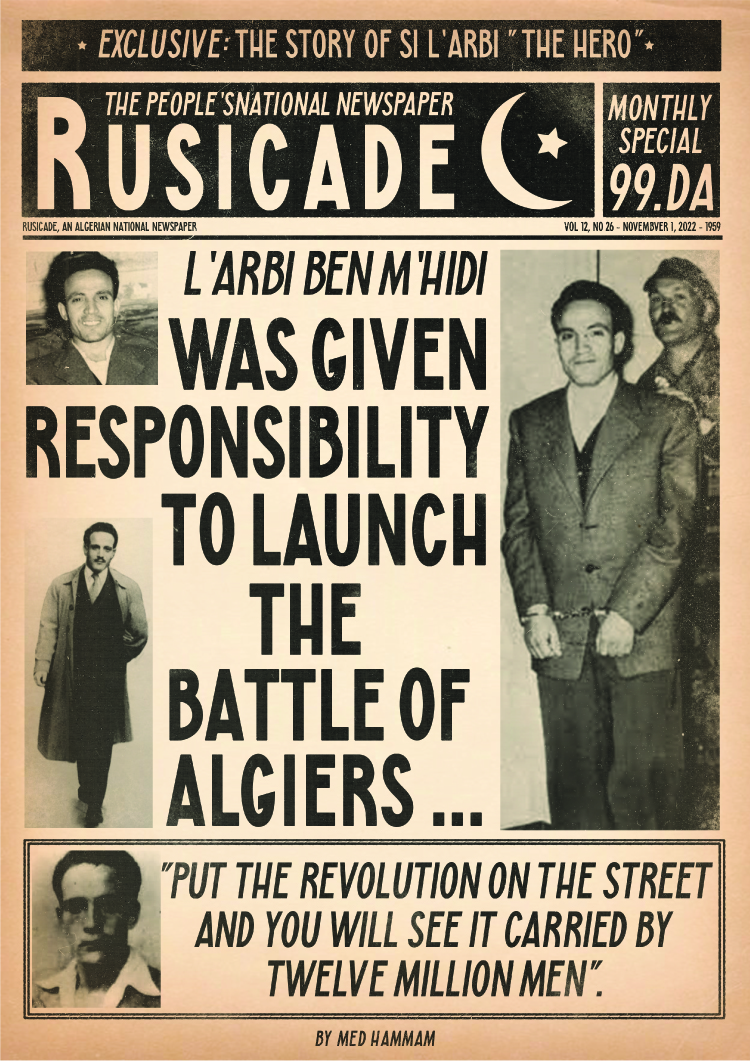
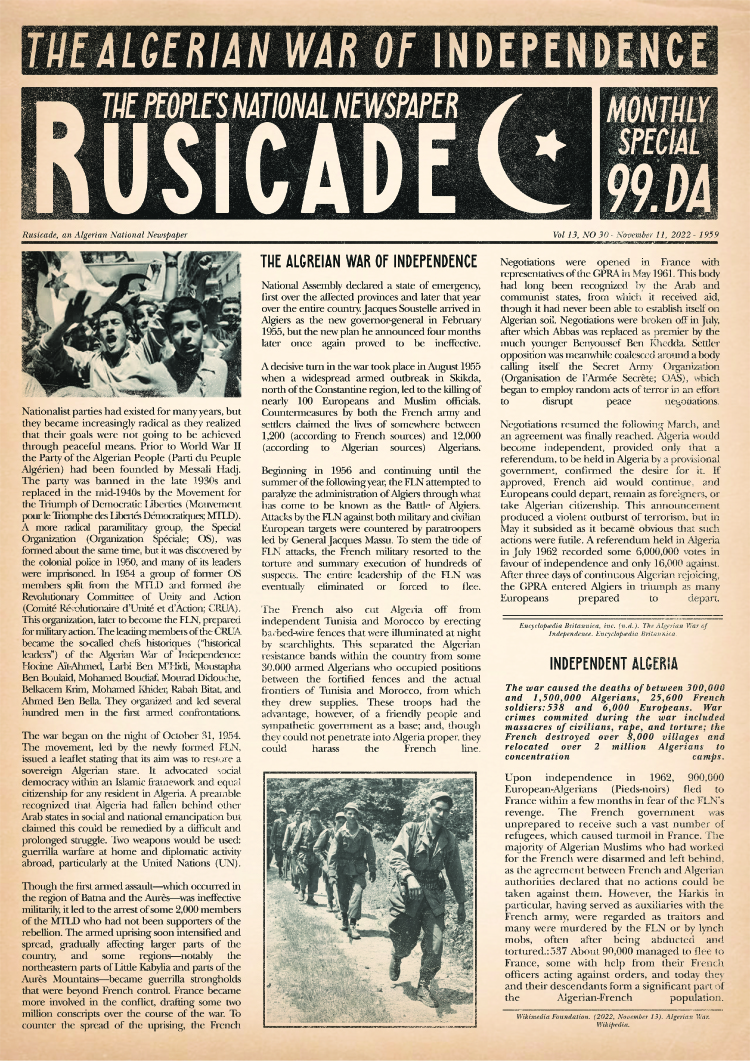
Posters – For the colored visuals, I used a minimum of two or three colors in each poster because I was inspired by the 50s propaganda posters that had color limitations back then. The designs look plain, having few elements while colors were used minimally to produce them faster and cheaper.
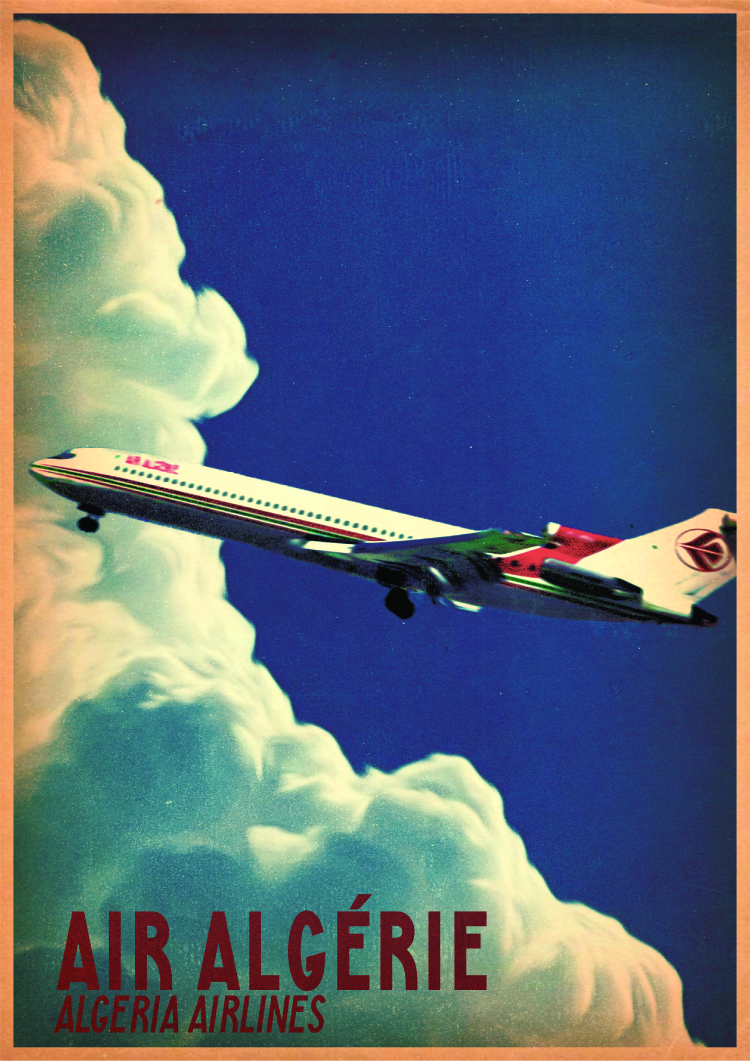
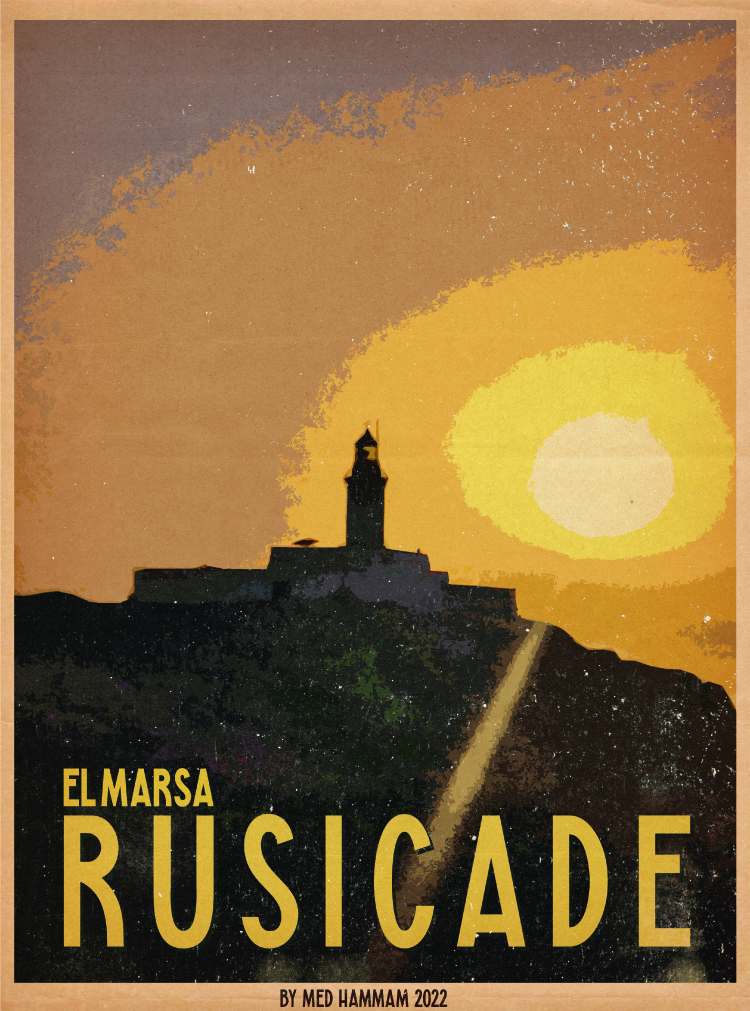
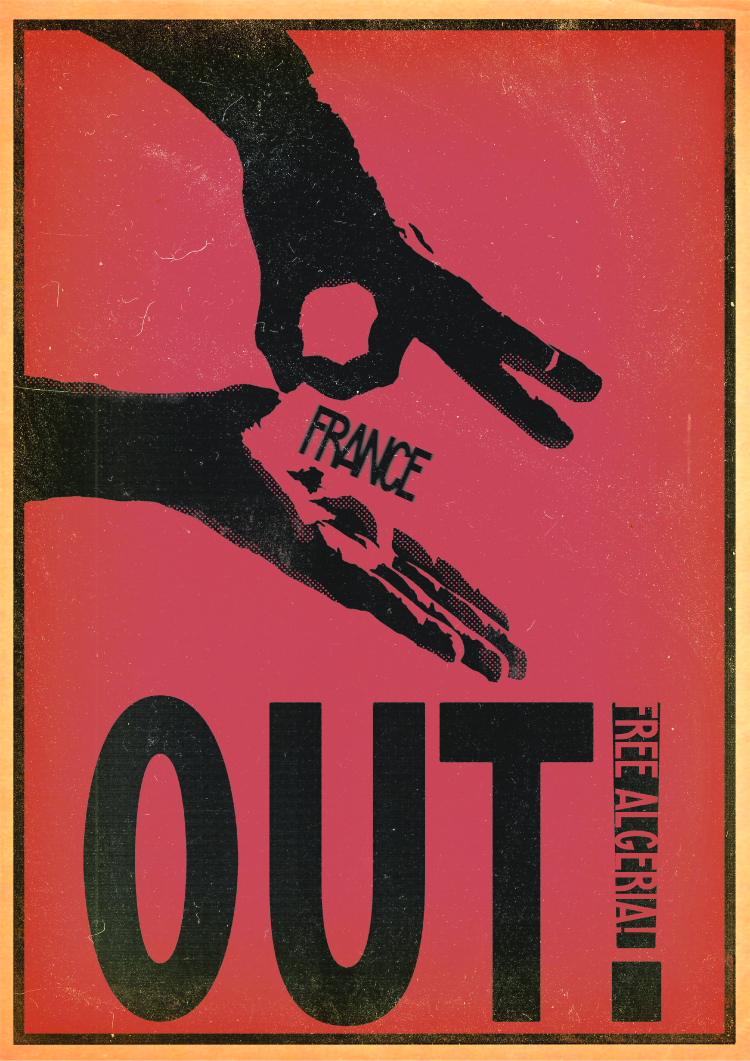
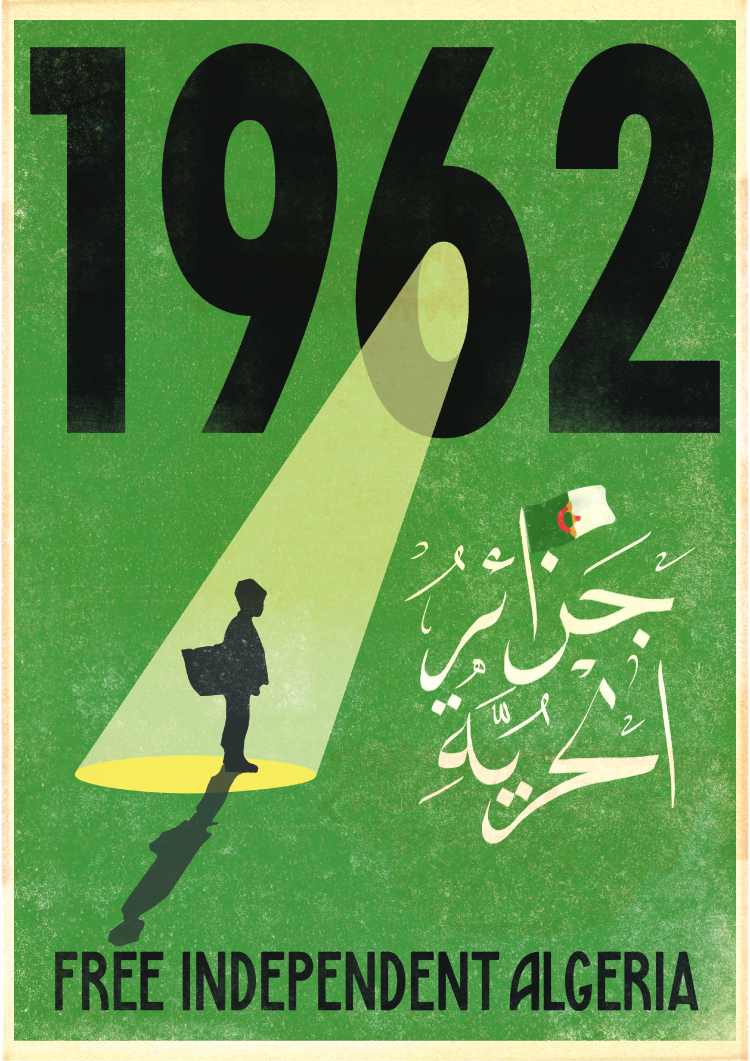
Postcards – For the postcards, I used pictures I took using my phone, these are pictures of places where I go to be inspired, or just to chill with my loved ones. In the postcards, I used split toning, so the pictures are black and white and at the same time have blue-ish tones. After the editing, I applied textures and effects to add the imperfections and print effects.
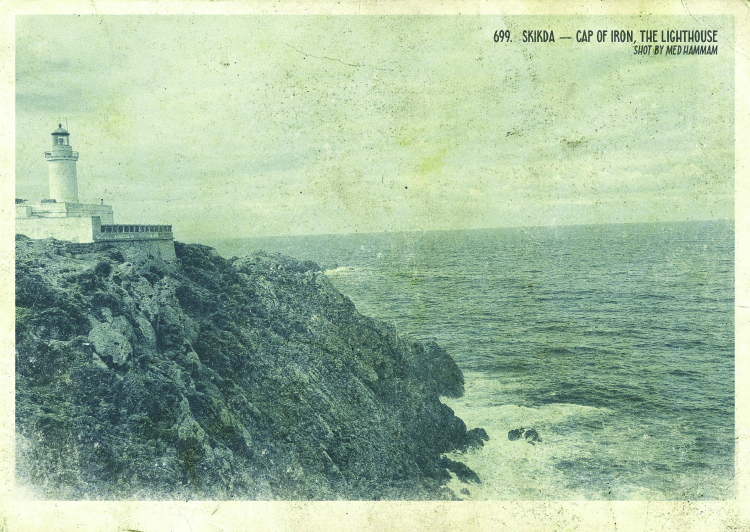

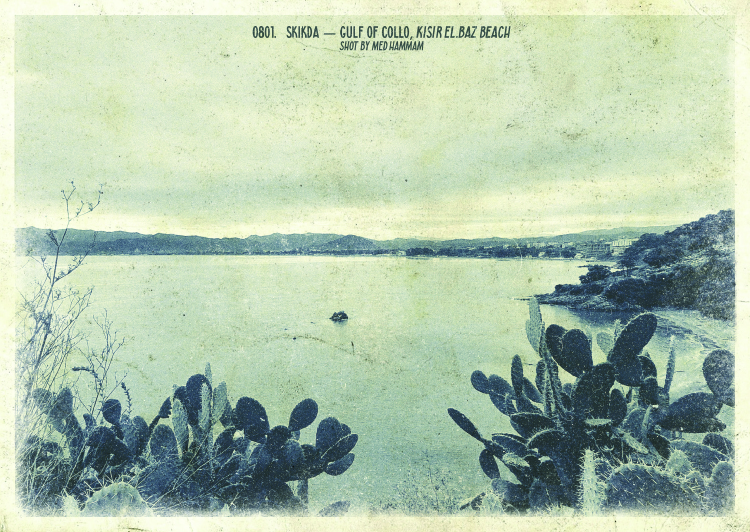
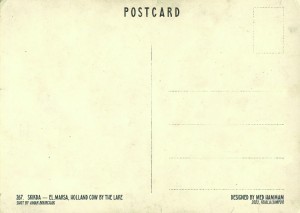
Postage Stamps – Stamps are a form of art that I love. They convey messages, tell stories, and raise awareness about the history, food, culture, and so on. I have personal and historical stamps. The stamps were edited so they have the metal engraved effect (old printing method), and each of the stamps tells a story either about personal preferences or about the history of Algeria.

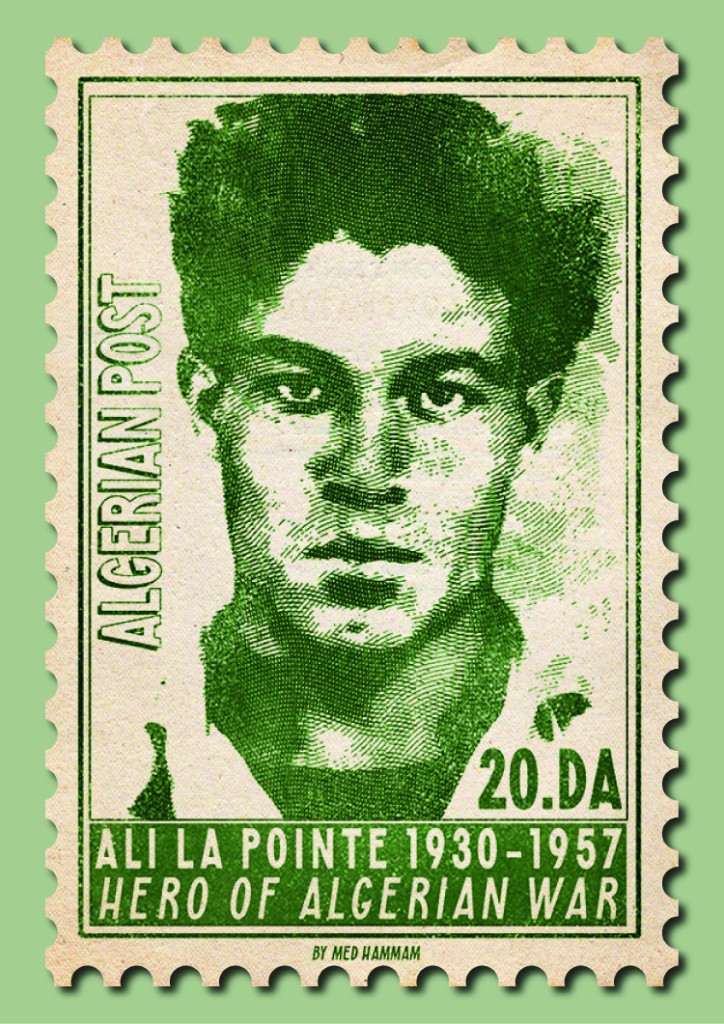
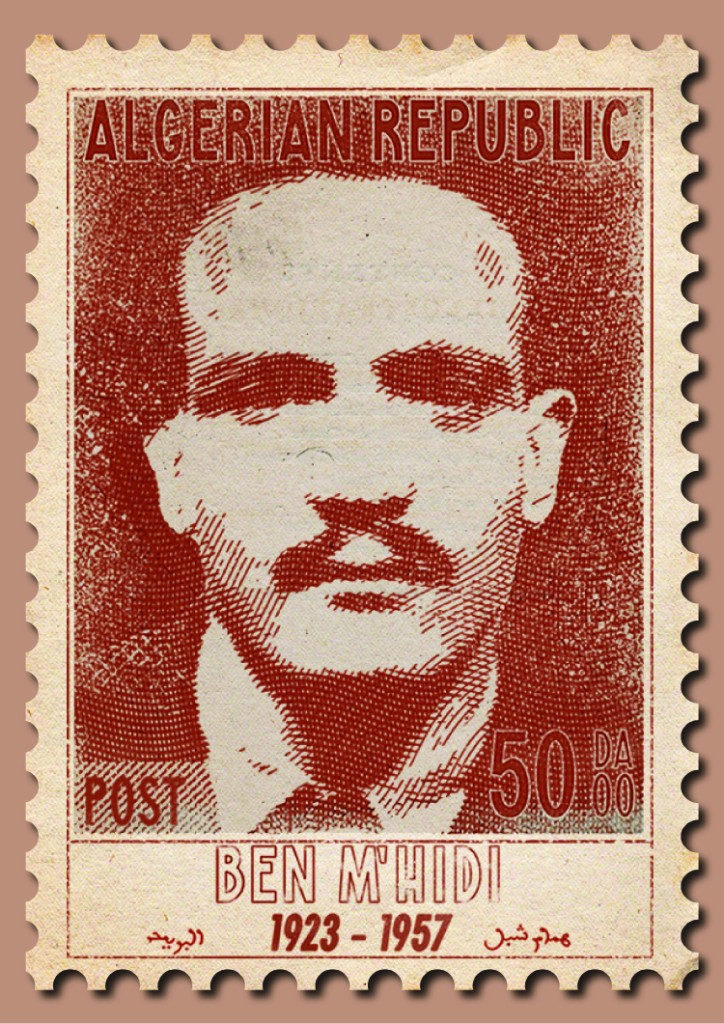
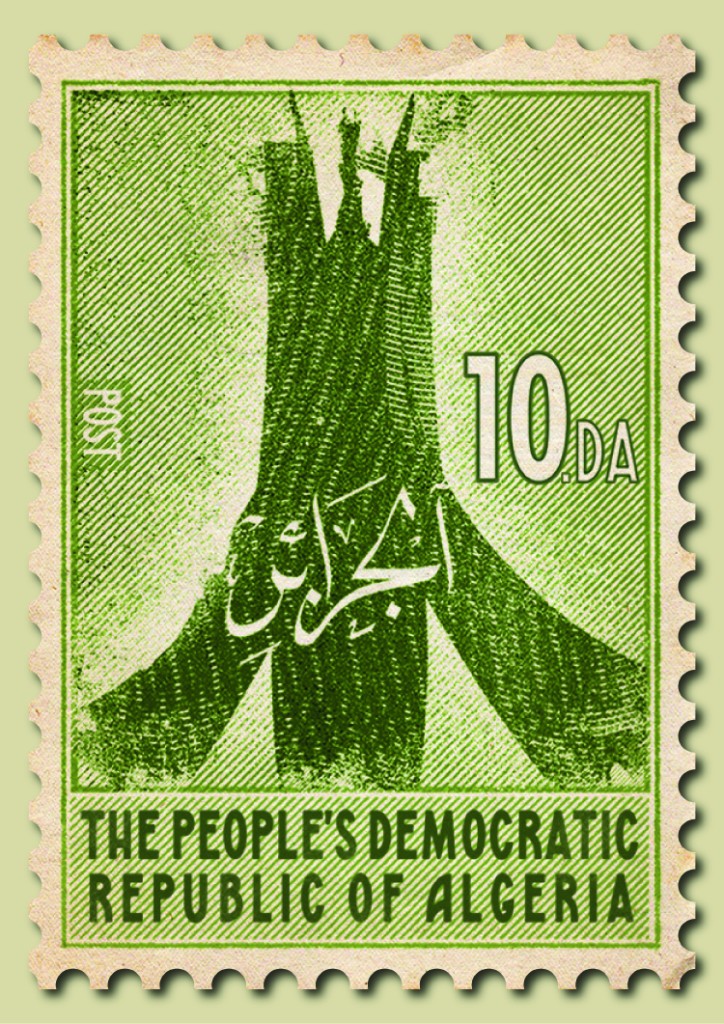
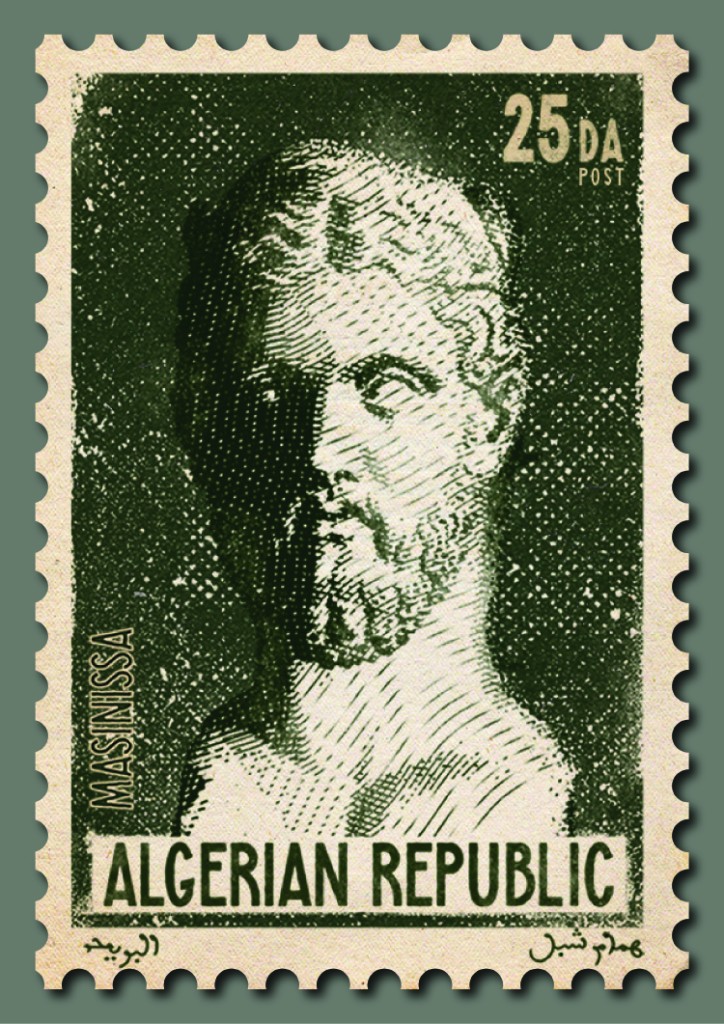
Rusicade: The Film – The short film documentary was made from scratch the night before Ctrl_T final year showcase. I used my phone to shoot and record my voice to use it as voiceover in the script and video planned by me. The documentary is an overall explanation of the Rusicade project, the motives, the inspiration, and the objectives that I wanted to achieve.
I love old movies and documentaries, and I wanted to make sure my film looks authentic even if it was taken using a smartphone in a condo. Old film projectors may get worn down, as such the film will wiggle and move inside the roller, resulting in shaky images. After years of projecting the same film, dust and dirt may damage it, and leave permanent marks on it. Therefore, I made sure to add the necessary random textures to the film. Black and white films have inconsistent highlights and shadows, so I made random highlight values throughout the video. Sometimes some film frames get fully cut off by editors which result in frame skips, I deleted lots of frames from the video to give that sharp cut effect. Audio was recorded separately to have the silent film feeling as the music and voiceover are played in sync with the film. I recorded the script and then edited it using a parametric equalizer, playing around with the values allowed me to achieve that old noisy low base high pitched radio voice. While filming the video, I made sure I didn’t show any modern devices or modern clothing, so I wore a shirt and classic pants and no watch or anything that can ruin the look. I waved and smiled at the beginning of the video, because in older times, video filming was rare. Often people were super excited to be filmed/photographed.
The following is the outcome:
The typeface Rusicade Regular is designed by © Mohamed Hammam, 2023. You may test it out by typing in the font sampler below.

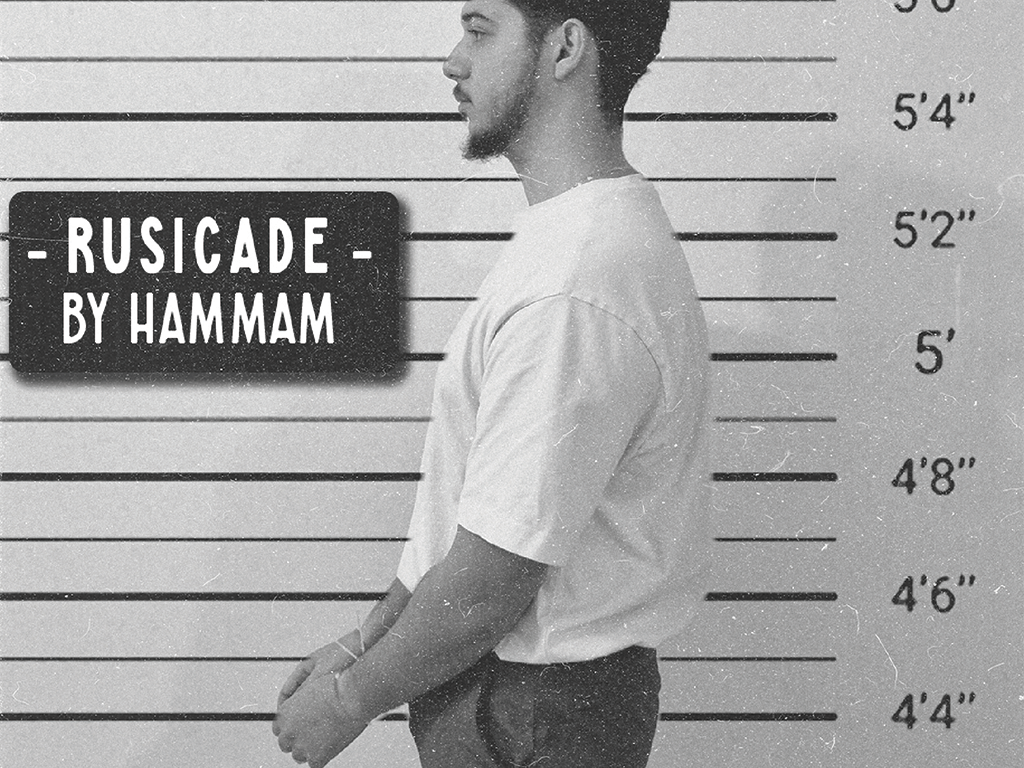
Creative and inspiring as always, amazing work Hammam
Thank you.